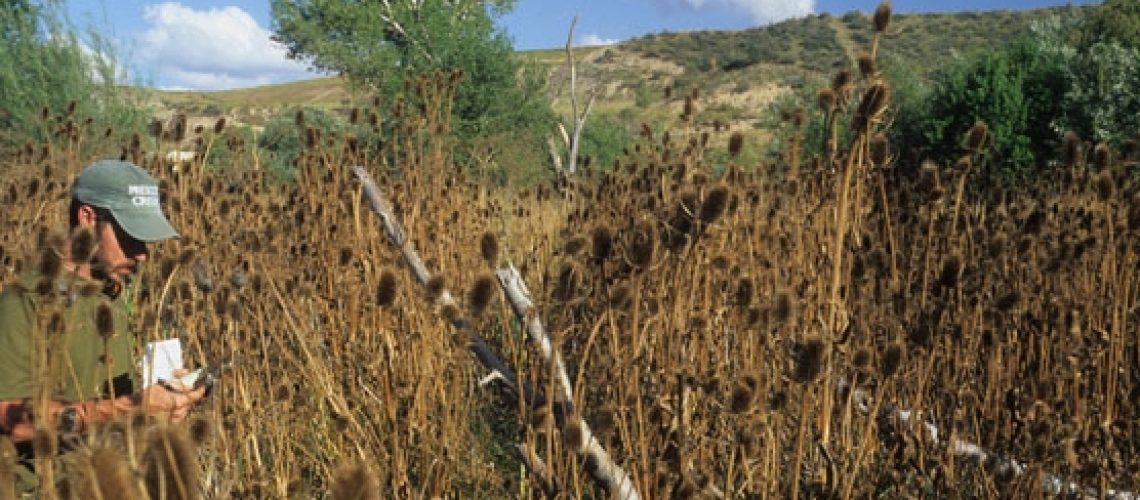The Urban Habitat Improvement through Invasive Species Removal project will improve riparian habitat conditions along urban creek reaches in the upper Granite Creek Watershed through the control and removal of target invasive vegetation species.
The Granite Creek Watershed, located in central Arizona, is an important headwater of the Verde River, one of Arizona’s few perennial and Wild & Scenic Rivers. Primarily an urban watershed, Granite Creek falls within the City of Prescott and surrounding areas, with a growing population of over 100,000. The watershed includes nine named creeks, four lakes and two impaired waterbodies. Historical uses, such as agriculture and extractive industries, and recent urban growth, channelized and removed most of the riparian vegetation along the creeks. The proposed Urban Habitat Improvement through Invasive Species Removal Project will engage diverse watershed stakeholders to improve urban forest conditions in the Upper Granite Creek Watershed through the control and removal of target invasive vegetation species. The project will take place at place at multiple sites in the watershed – Watson Woods Riparian Preserve and the East and West Granite Creek Parks along Granite Creek and as well as residential sites along Aspen Creek, one of Granite Creek’s tributaries. This project will employ multiple eradication and control efforts to protect and restore existing urban riparian forests and focus on community education about invasive species identification and control, as well as healthy vegetation species and conditions. Engaging private citizens to manage invasive species populations on their own properties is critical to a comprehensive approach to managing these species.
The threats to native riparian forest ecosystems, characterized by cottonwood and willow species, to be addressed through this project are invasive species. The priority species list for Prescott Creeks includes:
- Spotted Knapweed (Centaurea maculosa)
- Common Teasel (Dipsacus fullonum)
- Scotch Thistle (Onopordum accanthium)
- Tamarisk/Salt Cedar (Tamarix ramosissima)
- Dalmation Toadflax (Linaria dalmatica)
- Russian Olive (Eleaganus angustifolia)
- Russian Knapweed (Acroptilon repens)
The National Fish and Wildlife Foundation is funding a major portion of this two year project through their “2013 Five Star and Urban Waters Restoration Program.” Key partners for the project will include the Yavapai Weed Management Area, City of Prescott, the American Conservation Experience, and River Network. The project will take place from October 2013 through September 2015.
To find out more, or to get involved contact Prescott Creeks.

